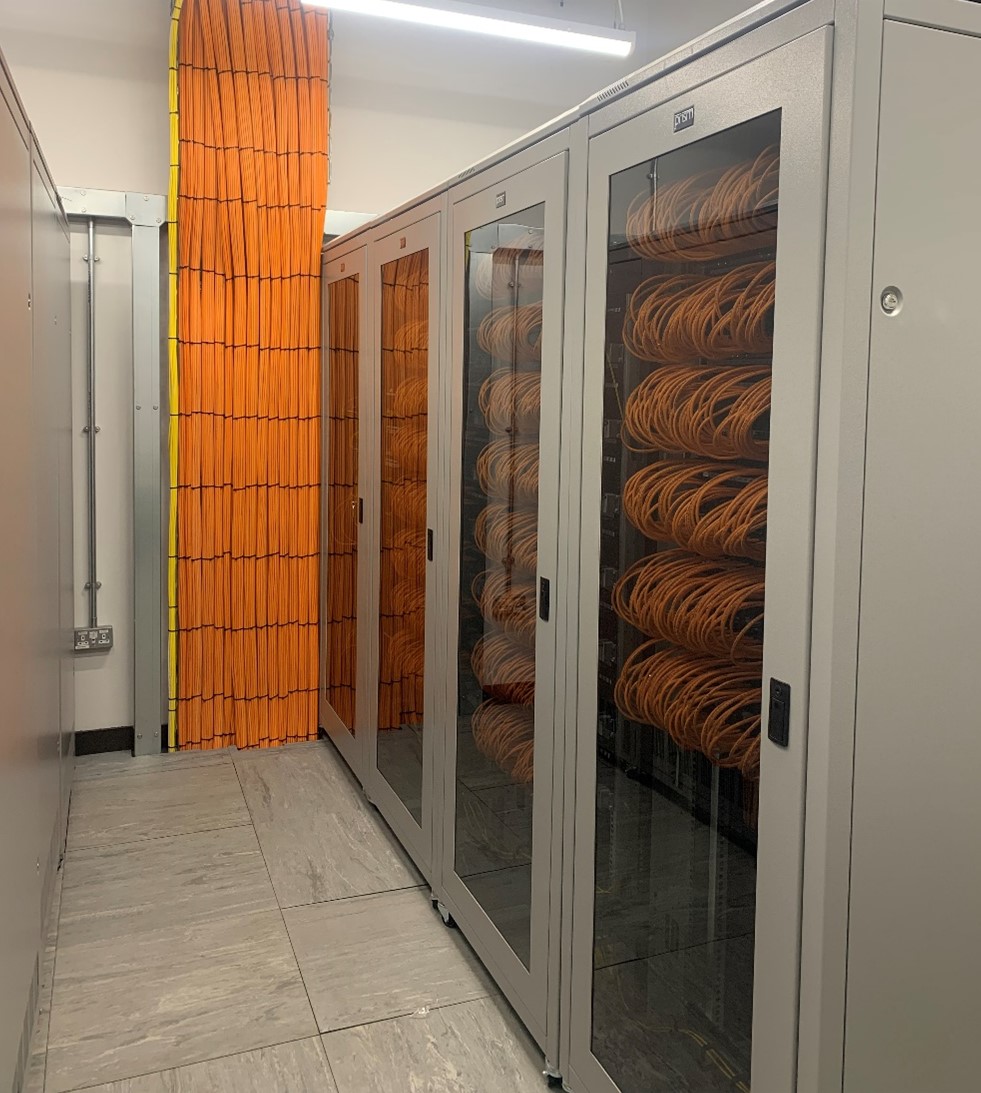News
Structured Data Cabling: The Backbone of Modern Networks
In the age of digital connectivity, a robust and reliable network infrastructure is crucial for any organisation. At the heart of this infrastructure lies structured data cabling, a standardised approach to designing and installing cabling for data communications networks. This technology has evolved over the decades, shaping the way we connect and share information.
Early Cabling Solutions: From Twisted-Pair to Coaxial
The roots of structured data cabling can be traced back to the early days of telecommunications. In the late 1800s, twisted-pair cabling, consisting of insulated copper wires twisted together, became the standard for connecting telephone lines. While simple and reliable, twisted-pair cabling lacked the flexibility to accommodate the growing demand for data transmission.
The 1960s saw the introduction of coaxial cable, a more versatile alternative. Its shielded design made it less susceptible to interference, enabling higher-speed data transmission. However, as the demand for data connectivity continued to increase, the limitations of these early cabling solutions became evident.
The Birth of Structured Cabling: A Standardised Approach
In the 1980s, the concept of structured cabling emerged as a response to the challenges of managing and maintaining complex network infrastructures. This standardised approach introduced a central distribution point, often referred to as a telecommunications closet, to which all cabling in a building is connected. This centralised organisation simplified network management, troubleshooting, and future expansions.
Industry Standards and Ongoing Evolution
In 1991, the Telecommunications Industry Association (TIA) and the Electronic Industries Association (EIA) collaborated to establish the first industry-wide standard for structured cabling, EIA/TIA-568. This standard has undergone several revisions over the years to keep pace with technological advancements.
Today, structured data cabling remains the cornerstone of modern network infrastructures, supporting a wide range of applications in commercial buildings, educational institutions, and healthcare facilities. Its benefits include improved network performance, reduced downtime, increased flexibility, and lower overall costs.
The Future of Structured Cabling: Adapting to Evolving Needs
As data transmission speeds continue to accelerate and new technologies emerge, structured data cabling is poised to play an even more critical role in shaping the future of connectivity. The integration of fibre optics and wireless networking technologies with structured cabling will create even more powerful and adaptable network solutions.
In conclusion, structured data cabling has evolved from its humble beginnings to become the backbone of modern data communications networks. Its standardised approach, adaptability, and reliability have made it an indispensable tool for organisations across industries. As technology continues to advance, structured data cabling will undoubtedly play a central role in shaping the future of connectivity.






